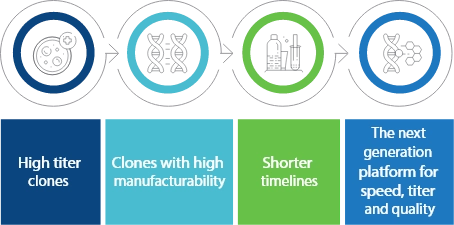Figure 1 - Next Generation Mammalian Cell Line Development: 27 Weeks to Stable Clone
The biopharmaceutical industry witnessed significant innovation, with many new recombinant protein therapeutics receiving FDA approval. However, these therapies are often costly, emphasizing the need for greater efficiency and productivity. Optimizing cell line development (CLD) and upstream processing can boost product quantity and titer, while improvement in downstream steps can enhance product quality.
SynWeave™ is a platform developed by the Biopharmaceutical Development team to enhance manufacturability and efficiency of protein production. It combines state-of-the-art cell line development using transposon-based technologies seamlessly integrated with advanced process development capabilities.
CHO (Chinese Hamster Ovary) cells are used in therapeutic protein production as they grow in suspension cultures, adapt to various growth conditions, and perform post-translational modifications essential for functional therapeutic proteins for 50 years in industry. However, traditional CLD in CHO generally faces two major challenges: heterogeneous gene expression and low integration efficiency caused by positional effects.
A transposon1 is a mobile DNA element that can integrate the entire construct at multiple locations in the genome through a cut-and-paste mechanism. Therefore, transposon-mediated, semi-targeted integration mitigated the challenge of the position effect that caused heterogeneous gene expression and improved the integration efficiency, yielding consistent gene expression. This approach also reduced the labor-intensive step of clones needing screening to identify the best producer/s, as most cells receive a fully functional construct. The timeline for developing stable cell lines is reduced, and high-yielding clones with the desired qualities are generated.
Coupling the clone selection process at an early stage to a robust upstream platform resulted in picking the clones, which helped in enhancing the titer.
The upstream platform integration helps to optimize and improve titers with minimum experiments. The upstream development processes will enable us to generate high titer with stringent quality attributes.
The Next Generation Mammalian Cell Line Development (Figure 1) process was designed to achieve stable clones in 27 weeks. The following steps are conducted.
Monoclonality analysis was carried out as desired by regulatory agencies.
Top selected monoclones (based on titer) are also evaluated for key quality attributes like size, charge, glycan profile, and activity; thereafter, generation stability was performed for selected ones.
As a part of process development, we use a high throughput Ambr 250 system miniaturized bioreactor to screen the best producers in a real manufacturing-controlled environment. The integration of Design of Experiments (DoE) for parametric and media/feed screening and Process Analytical Technology (PAT) within the Quality by Design (QbD) framework further enhanced the effectiveness of upstream platforms. This approach enabled real-time monitoring and analysis of critical quality attributes, allowing biopharmaceutical companies to maintain steady nutrient levels in bioreactors and optimize process control and efficiency. Robust manufacturing process design space was established using the AMBR 250 system and statistical tools. Design space was tested at a 10L scale before being scaled to larger manufacturing batches.
Ensuring safety, quality and regulatory compliance is key to biologics production and a well-understood cell line plus upstream platform reduced any risk of not meeting the compliance expectations.

Figure 2 – Advancements to improve the biopharma manufacturing process
1Transposon was discovered by Barbara McClintock and known as jumping gene as they can “jump” to different locations within a genome.